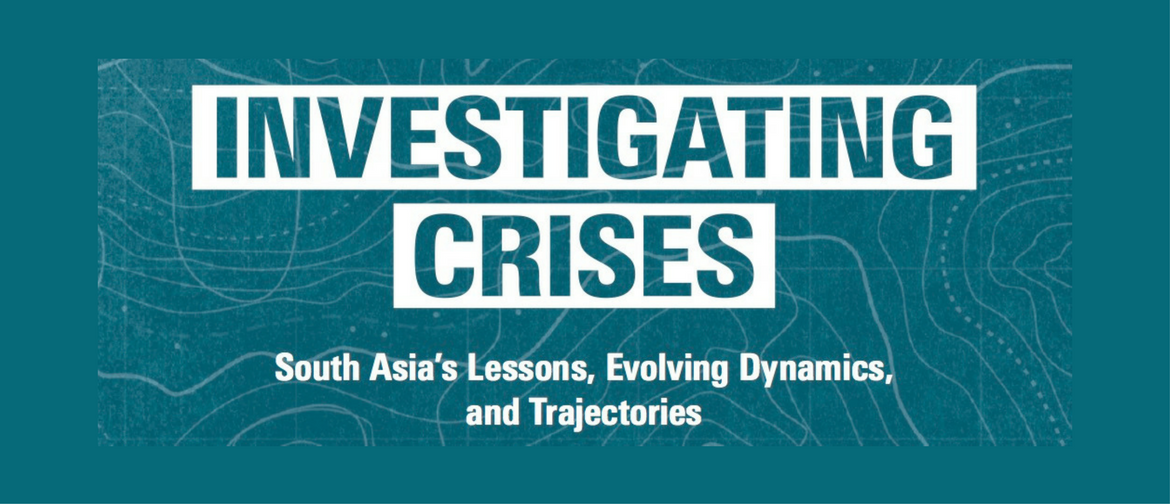 South Asia remains one of the most crisis-prone regions in the world with some of the highest levels of contested borders, militarized interstate disputes, and terrorist attacks. India and Pakistan's continued expansion of their fissile material stockpiles and nuclear arsenals and modernizations of their conventional forces add layers of risk, especially in periods of power transitions. For over 25 years, the Stimson Center has closely studied the cadence and dynamics of South Asian crises to better inform policymakers in New Delhi, Islamabad, Washington, D.C., and even Beijing.
South Asia remains one of the most crisis-prone regions in the world with some of the highest levels of contested borders, militarized interstate disputes, and terrorist attacks. India and Pakistan's continued expansion of their fissile material stockpiles and nuclear arsenals and modernizations of their conventional forces add layers of risk, especially in periods of power transitions. For over 25 years, the Stimson Center has closely studied the cadence and dynamics of South Asian crises to better inform policymakers in New Delhi, Islamabad, Washington, D.C., and even Beijing.
Investigating Crises: South Asia’s Lessons, Evolving Dynamics, and Trajectories, edited by Sameer Lalwani and Hannah Haegeland, continues that tradition with close empirical study of crisis behavior to better understand the causal processes, patterns, and lessons extracted from previous crises on the subcontinent. In ten chapters, authors from China, India, Pakistan, and the United States assess South Asian crises from 1987-2017 and consider implications for the future of crisis management on the subcontinent.
Introduction by Sameer Lalwani
Anatomy of a Crisis: Explaining Crisis Onset in India-Pakistan Relations by Sameer Lalwani, Hannah Haegeland
Organizing for Crisis Management: Evaluating India's Experience in Three Case Studies by Shyam Saran
Conflict Resolution and Crisis Management: Challenges in Pakistan-India Relations by Riaz Mohammad Khan
Intelligence, Strategic Assessment, and Decision Process Deficits: The Absence of Indian Learning from Crisis to Crisis by Saikat Datta
Self-Referencing The News: Media, Policymaking, and Public Opinion in India-Pakistan Crises by Ruhee Neog
China and Crisis Management in South Asia by Yun Sun, Hannah Haegeland
Crisis Intensity and Nuclear Signaling in South Asia by Michael Krepon, Liv Dowling
New Horizons, New Risks: A Scenario-based Approach to Thinking about the Future of Crisis Stability in South Asia by Iskander Rehman
New Challenges for Crisis Management by Michael Krepon
No comments:
Post a Comment